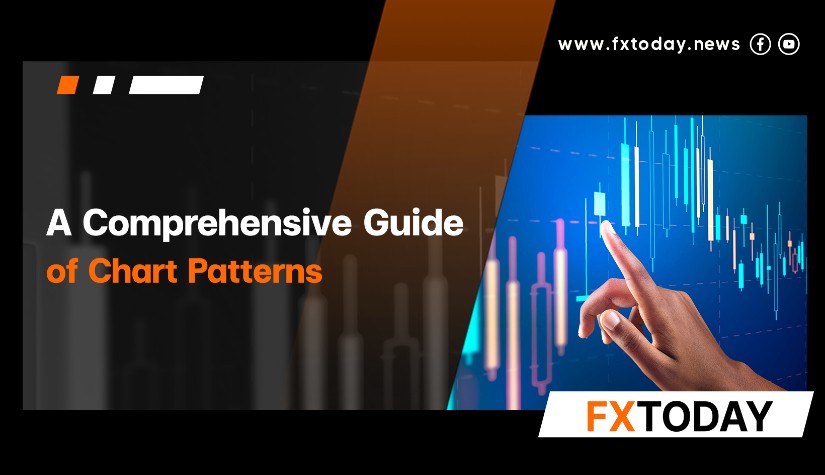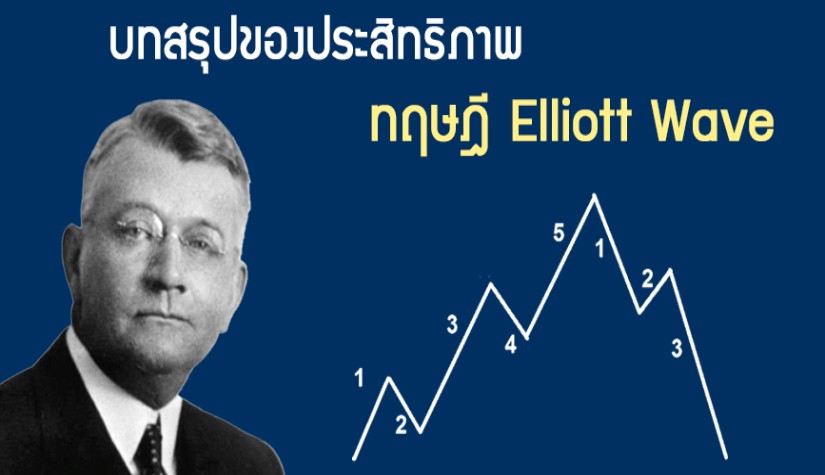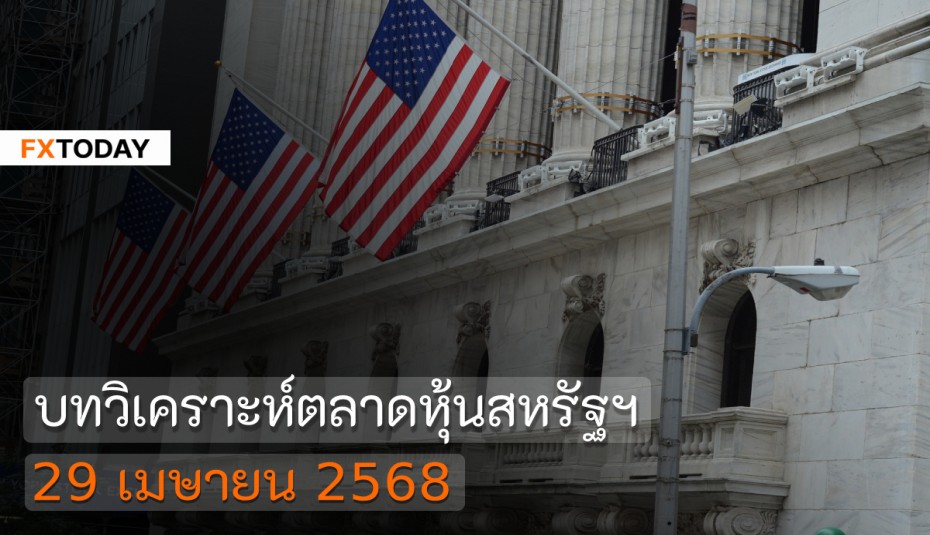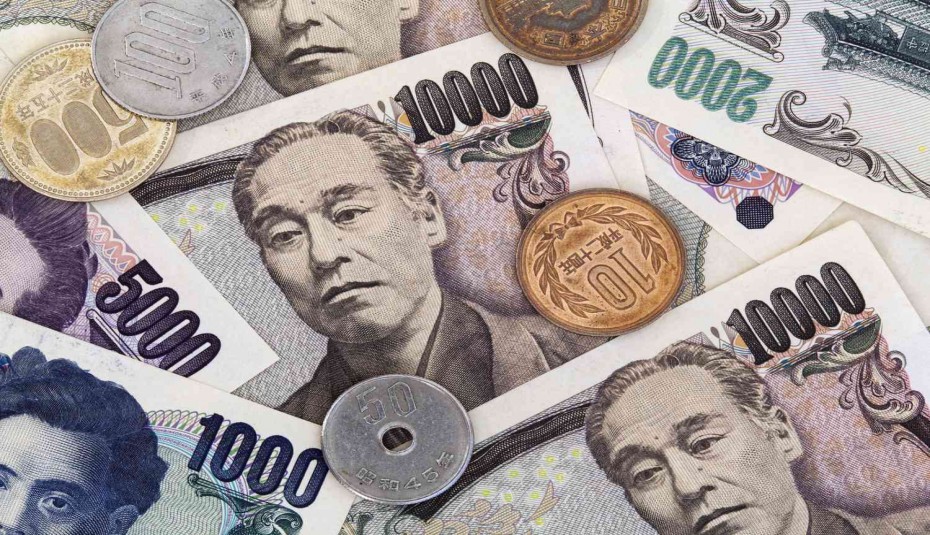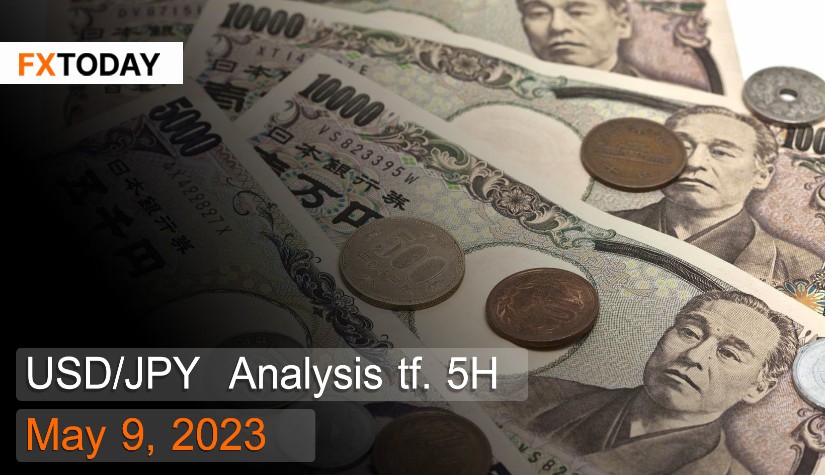Currently, in the world of trading, there exist various categories of technical traders. Among these, the chart-watcher trader is a prevalent type who heavily relies on analyzing chart patterns to influence their trading profits. Additionally, each trader has their own distinct blend of chart patterns and trading strategies to optimize their profit margins.
Nevertheless, not all price patterns are equally profitable, as only specific types of patterns occur frequently and are readily accessible in the market
3 Types of Chart Patterns
The market is replete with recognizable chart patterns such as double top, head and shoulders, triangle, and more. As a result, this article aims to offer a concise overview of these three types of pricing patterns.
1. Reversal Patterns

Reversal chart patterns are indicative of a potential change in the direction of a trend. They can serve as signals that the price might shift from a downward trajectory to an upward trajectory, or vice versa. There are 4 commonly observed reversal patterns as follow:
- Double Top
The double top pattern in the market is characterized by two peaks in the price movement, forming a wavy pattern. It occurs when the price attempts to reach a new high but fails, only managing to rise to the same level. As a result, the price reverses and moves lower, indicating a change in direction from an uptrend to a downtrend.
- Double Bottom
The double bottom pattern occurs when the price attempts to reach a new low but fails to do so, causing a reversal in direction towards the upside. As a result, this pattern is widely used in trading and is considered easy to analyze due to its popularity.
- Head and Shoulders
The head and shoulders pattern is a significant pattern in trading as it is easily identifiable and shares similarities with the double top and double bottom patterns. However, it consists of three peaks, with the middle peak being the highest or lowest, and the first and last peaks being at the same level. It is important to consider that the head and shoulders pattern can occur in both upward and downward trends, and when it appears in a downward trend, it is known as an "inverse head and shoulders."
- Inverse Head and Shoulders
In order to trade this pattern, it is simple to place an order based on the neckline breakout and follow the new trend.
2. Continuation Patterns

When such a price pattern emerges, it often indicates a continuation of the previous trend. For example, if the preceding trend was upward, a retracement may occur before the trend resumes its upward. Similarly, if the original movement was bearish, it may continue to decline. The most prevalent continuation patterns include:
A falling wedge is a triangular-shaped pattern that appears like a narrowing wedge. It will generate a breakout signal when the price breaks out of the triangle pattern. Typically, the price will continue moving in the same direction as the previous trend, which is usually called a downtrend.
- Rising Wedge
The rising wedge price pattern is the opposite of the falling wedge price pattern, with the triangle orientation reversed compared to the falling wedge. As a result, the rising wedge pattern indicates a potential reversal from a downtrend to an uptrend. When the price breaks out of the rising wedge pattern, it suggests a breakout signal, and the price may continue moving in the direction of an uptrend.
- Bullish Rectangle
The bullish rectangle is a rectangular-shaped pattern that suggests a continuation of the previous uptrend. It usually pauses or consolidates the price temporarily before the upward movement.
- Bearish Rectangle
The bearish rectangle pattern is a consolidation phase where the price consolidates to gather momentum before continuing its downward movement.
- Bullish Pennant
The bullish pennant pattern is a type of triangular pattern that resembles a pennant and is longer than a wedge pattern. It indicates an uptrend in which the price takes a temporary pause before resuming its upward movement upon a breakout. Its counterpart is the bearish pennant pattern.
- Bearish Pennant
While the appearance of a bearish pennant may vary based on the profit target or stop loss point, the underlying principle of this pattern is the continuation of the current trend.
3. Bilateral Patterns

The pattern provides several opportunities for price action and breakouts, including continuation or reversal. The pattern resembles a triangle as shown below.
- Ascending Triangle
- Descending Triangle
- Symmetrical Triangle
Conclusion
While it's not necessary for the price to strictly follow a specific theoretical movement or pattern, if the price pattern resembles the one mentioned above in the article, it can be a potential trading opportunity. However, there are instances where the price may not reach the target or fail to form chart patterns.
Hence, traders who utilize chart patterns in their trading strategy should be vigilant in setting appropriate stop loss levels and diligently practice trend identification, as it may require keen observation and analytical skills to spot trends accurately.
Developing proficiency in chart pattern analysis can enhance your chances of financial success, but it does not guarantee consistent profits. Therefore, it's important to have an open mindset and explore alternative approaches to trading.
______________________________
Maximize your knowledge: Blog
Keep up to date on global events: News
Updated
2 years ago
(May 12, 2023 22:59)

